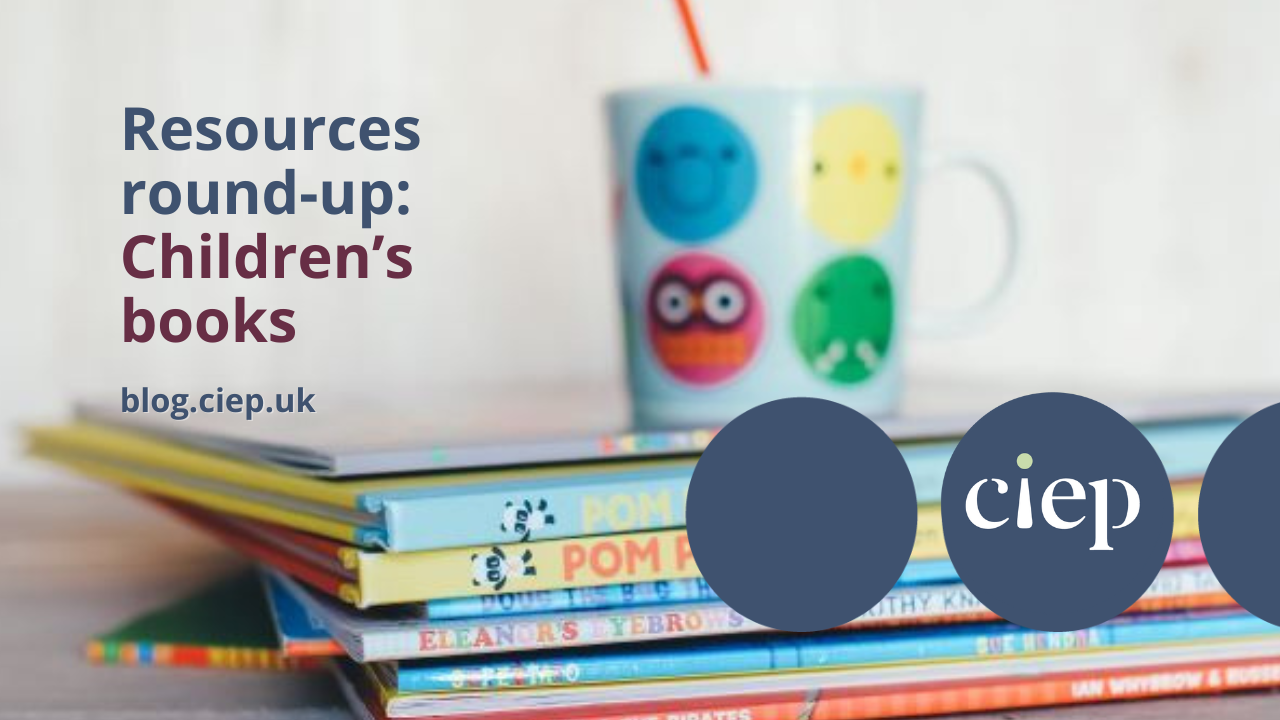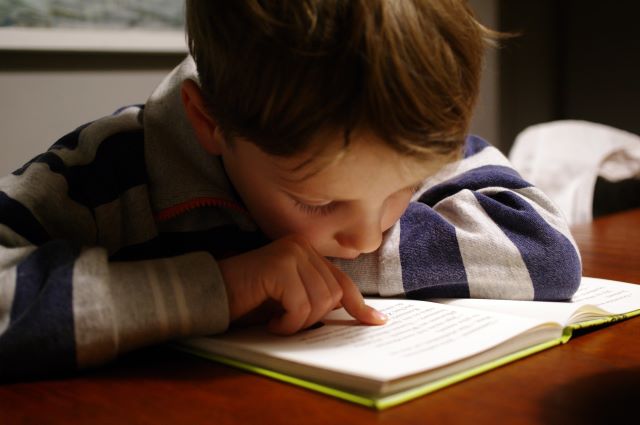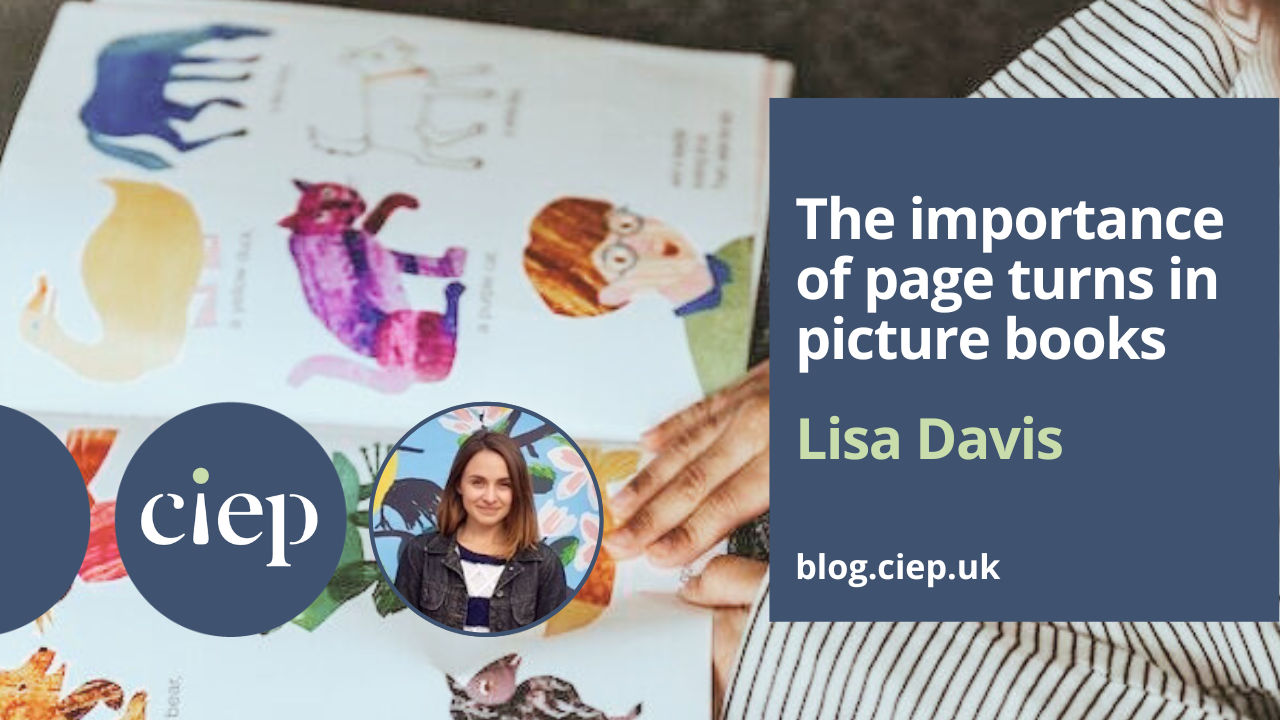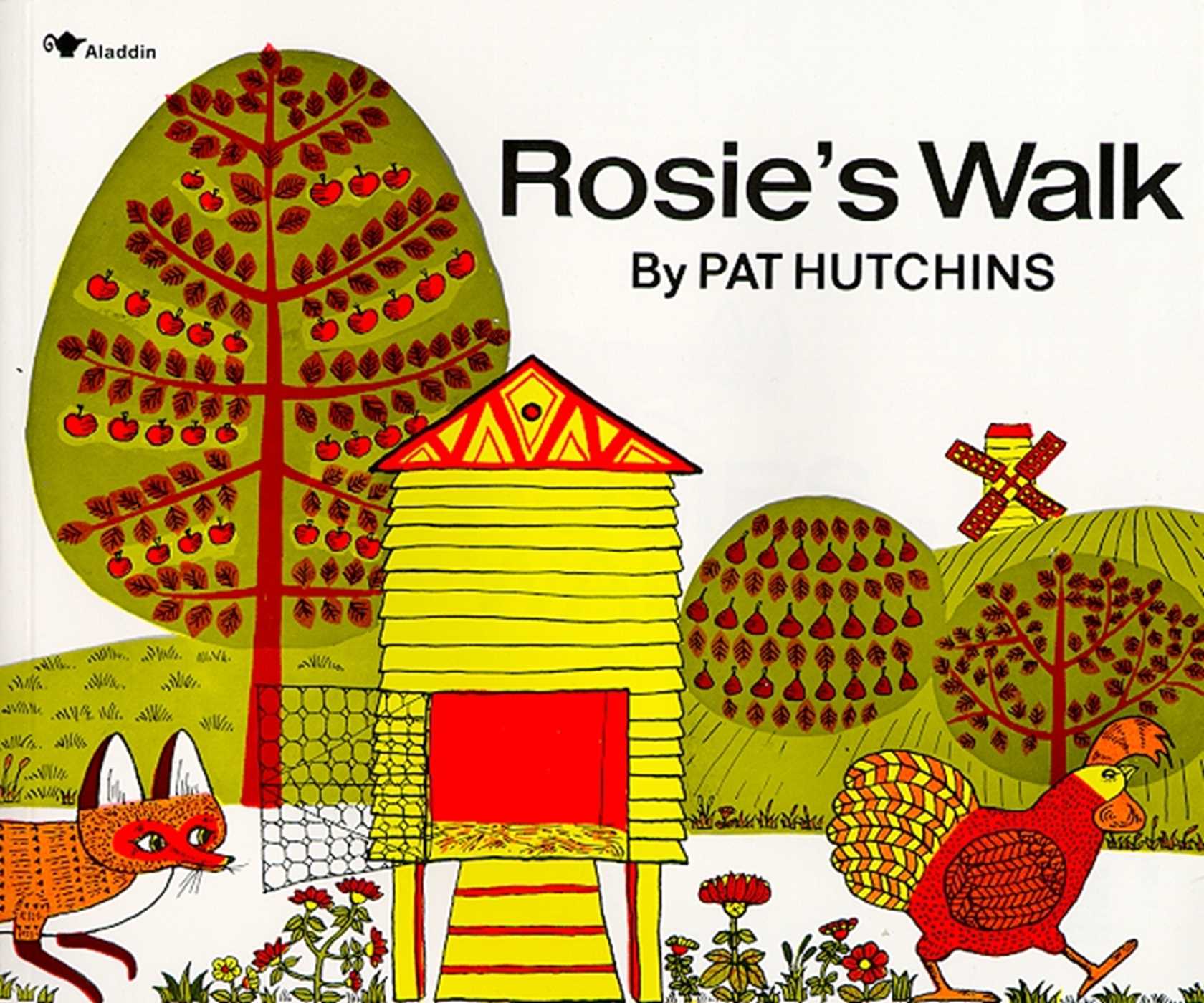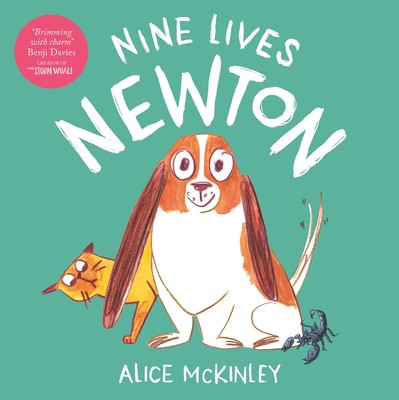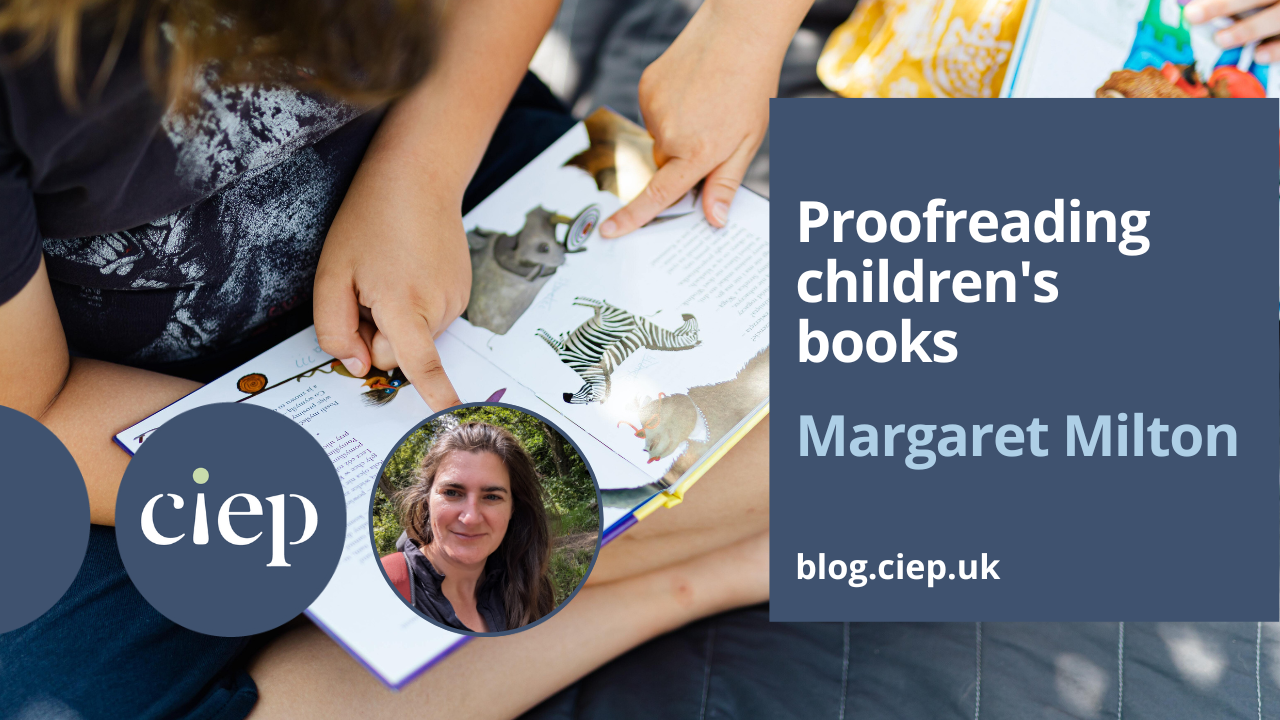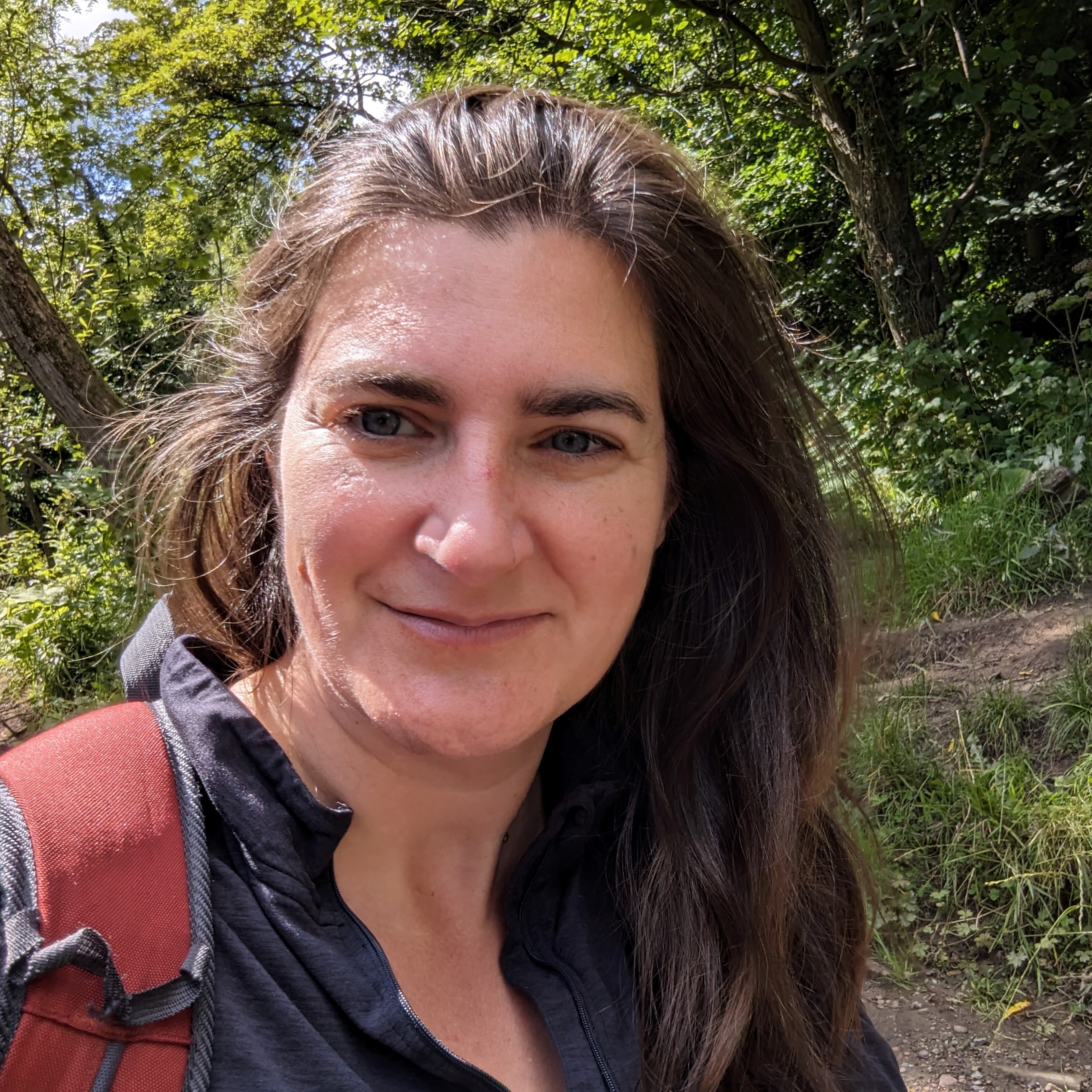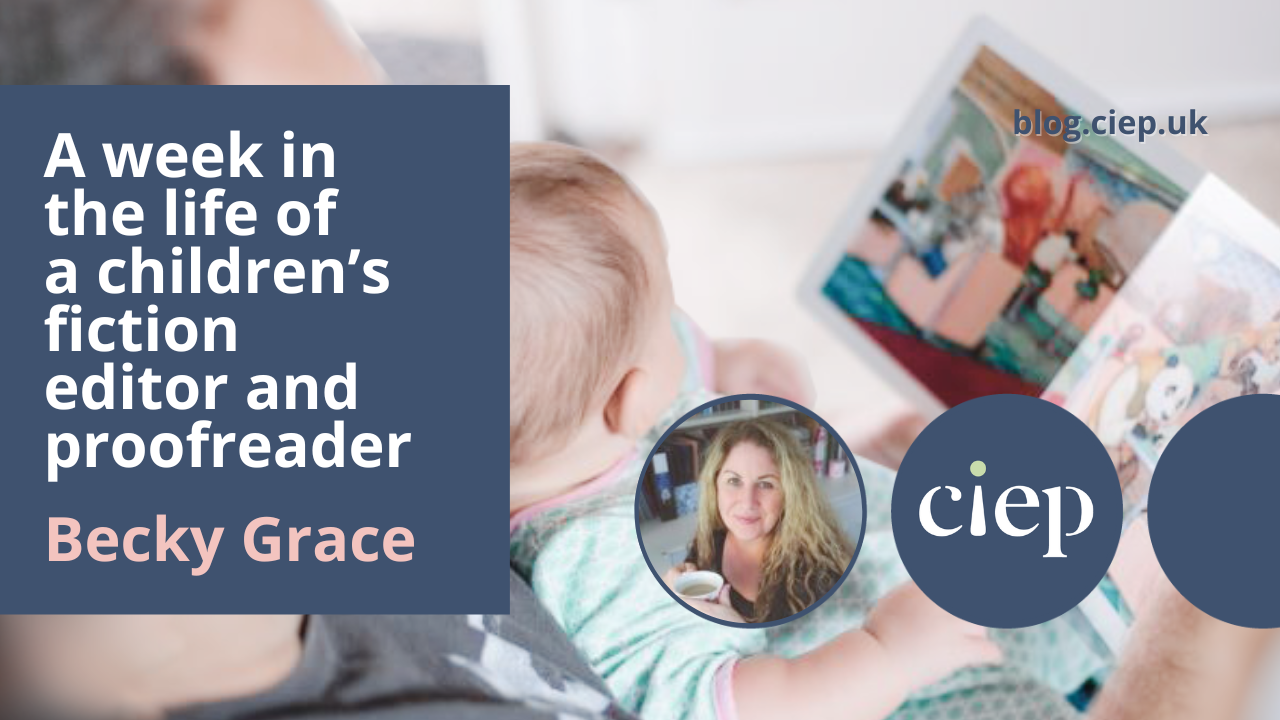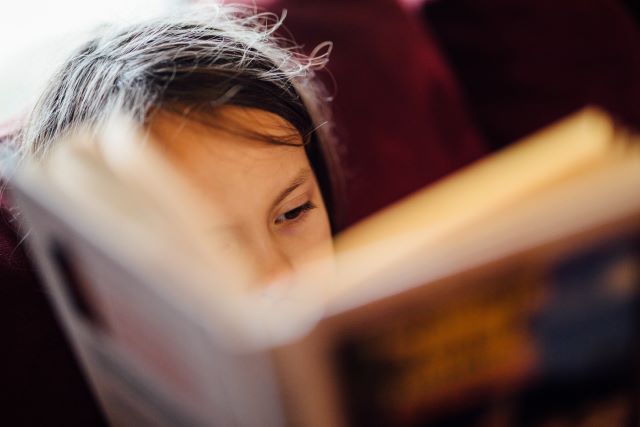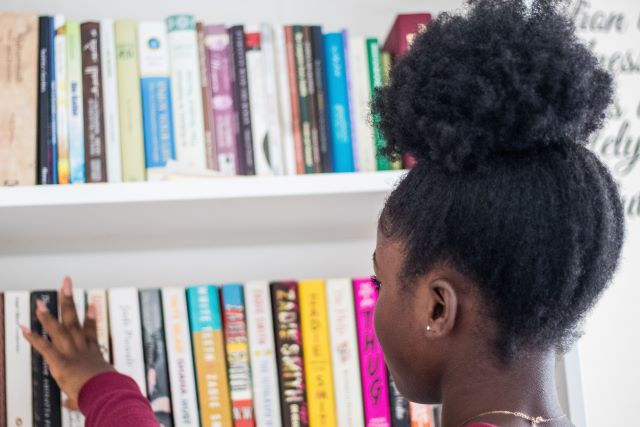Welcome to another round-up of resources compiled by the CIEP. This time, we look at children’s books. It focuses on fiction but some of the links are also relevant to non-fiction for young readers. We have divided our picks into:
- CIEP guides and resources
- Getting to know the market
- Support for writers, editors and publishers
- Encouraging diversity
- Producing picture books
- Ensuring age appropriateness
CIEP guides and resources
Things to consider when writing or editing a children’s book are much the same as when writing or editing for adults: follow plain English principles, support self-publishing and make the text as effective as possible via developmental editing, whether it’s fiction or non-fiction. Search for relevant posts on our blog using the keywords ‘children’s books’ to find advice on sensitive language, age appropriateness and more.
Getting to know the market
If you want to write or edit children’s books, the best place to start is by reading them. The classics you remember from your childhood have stood the test of time for a reason, but the market – especially regarding children’s preferences – has changed a lot over the past 30 or 40 years.
To find out what kids are reading now, explore sites such as Achuka, LoveReading4Kids and ReadingZone, which all feature reviews of the latest titles, from picture books to young adult (YA) novels, as well as author interviews and other insights into the market.
If you’re looking for specific data on reading and publishing trends, download the School Library Association’s (SLA’s) research on what children are choosing to read and how they make that choice. Renaissance Learning produces a free annual report called ‘What and how kids are reading’ (registration required for access), which tracks pupils’ reading habits over many years. The research reveals that humorous authors Jeff Kinney and David Walliams continue to top young readers’ popularity charts – despite some adults’ disapproval!
But remember that in order to get into the hands of children, books also need to appeal to gatekeepers such as librarians, teachers and parents. To this end, the freely downloadable magazine Books for Keeps has been reviewing books and reporting on children’s literature for nearly 45 years over more than 260 issues. You can access thousands of reviews via its website – a useful tool for gauging what adults value about the books they make available to children.
BookTrust UK promotes the importance of books at all stages of life. Parents may know of it through the free Bookstart programme for babies and toddlers, but its website provides comprehensive resources for writers as well. Regular research and evaluation of BookTrust projects keeps content relevant for everyone involved in producing reading resources for children. The Scottish Book Trust offers similar programmes, including Bookbug, for babies, toddlers and preschoolers, and useful resources for writers and publishers.
Support for writers, editors and publishers
The Children’s Writers’ & Artists’ Yearbook is regarded by many as an indispensable guide to writing and publishing for children. Covering fiction, non-fiction, poetry, screen, audio and theatre, self-publishing and traditional publishing, it provides practical advice for all stages of the writing and illustration process.
The Writers & Artists website is itself a treasury of (free) advice and resources on the processes of writing, illustrating and publishing, and the book Writers’ & Artists’ Guide to Writing for Children and YA: A Writer’s Toolkit provides further guidance, including on digital publishing.
Anyone involved in producing children’s books should consider joining the Society of Children’s Book Writers and Illustrators (SCBWI), a global community for children’s book creators. Its UK chapter runs Words and Pictures, which is full of practical resources for writers, illustrators and editors that, in fact, anyone with an interest in the process of making books can spend a happy afternoon browsing.
Children’s book prizes abound, but here we’ll highlight the Branford Boase Award because it recognises not only the winning debut writer but also their (in-house) editor.
Bookfox Press has a useful ‘how to’ guide for those entering the world of children’s book publishing, covering the whole process from initial idea to finding an agent. Kindlepreneur’s guide is more market focused. We’re pleased to note that both guides emphasise the importance of using editors.
Encouraging diversity
It’s important that children (and adults, for that matter) see positive representations of people like themselves. Inclusion has improved significantly in recent years, thanks in part to publications such as Pen&inc., a magazine promoting diversity in books produced by the Library and Information Association (CILIP), and organisations such as Black Books Matter UK, which champions diversity in books and stories that represent Black history and culture.
There’s support for writers and self-publishers too. The Jericho Prize promotes high-quality children’s picture books by Black-British authors that feature authentic Black main characters. Its website features a range of resources to help authors through the production process, including a video explaining the proofreading and formatting process. Meanwhile, Megaphone Writers is a mentoring scheme for people of colour in England who want to write novels for children and young adults.
Inclusion is also important for the one-in-six children who have special educational needs or disabilities (SEND). BookTrust offers advice for writers, illustrators and publishers on good practice for showing disability in a positive and natural way. Significantly, it advises that ‘disability doesn’t need to be a key part of the plot – and certainly not a punchline’. In practical terms too, a ‘book’ doesn’t have to be a flat, printed document – as well as standard audiobooks, organisations such as ClearVision and Living Paintings provide books that provide access to the visual world via touch and sound.
Producing picture books
Yes, some books for adults do have pictures but those for children need a particularly nuanced partnership between the words and images. Successful and timeless examples are revealed in Penguin’s list of classic picture books, and People of Publishing’s top tips for authors and illustrators sheds more light on developing stories and portfolios that sell.
Creating a picture book is a complex process, as authors Alan Durant and Olivia Hope explain. The publishing process can take a surprisingly long time and the content needs to be held to as high a standard as any other type of book. For some beautiful and evocative examples of picture-book art, lose yourself in the wonderful Picturebook Makers gallery.
Ensuring age appropriateness
At every stage of the process, editors and other readers will be checking that the text is suitable for the target audience. As Miriam Laundry Publishing points out: ‘If you’re writing for ALL children, you’re not writing for ANY children.’ The post includes examples of age categories (although it sounds like an American term, ‘middle grade’ is also used in the UK to refer to books for pre- and early teen readers). Red Wolf Press describes where you can find this information about books that have already been published – more useful sources of research.
This blog post from Inky Frog Editorial looks at examples of contemporary middle-grade and teen fiction to underline the importance of knowing your audience.
 About the CIEP
About the CIEP
The Chartered Institute of Editing and Proofreading (CIEP) is a non-profit body promoting excellence in English language editing. We set and demonstrate editorial standards, and we are a community, training hub and support network for editorial professionals – the people who work to make text accurate, clear and fit for purpose.
Find out more about:
Photo credits: header image by Annie Spratt, boy reading by Michał Parzuchowski, teenager reading a book by Seven shooter, all on Unsplash.
Posted by Belinda Hodder, blog assistant.
The views expressed here do not necessarily reflect those of the CIEP.

